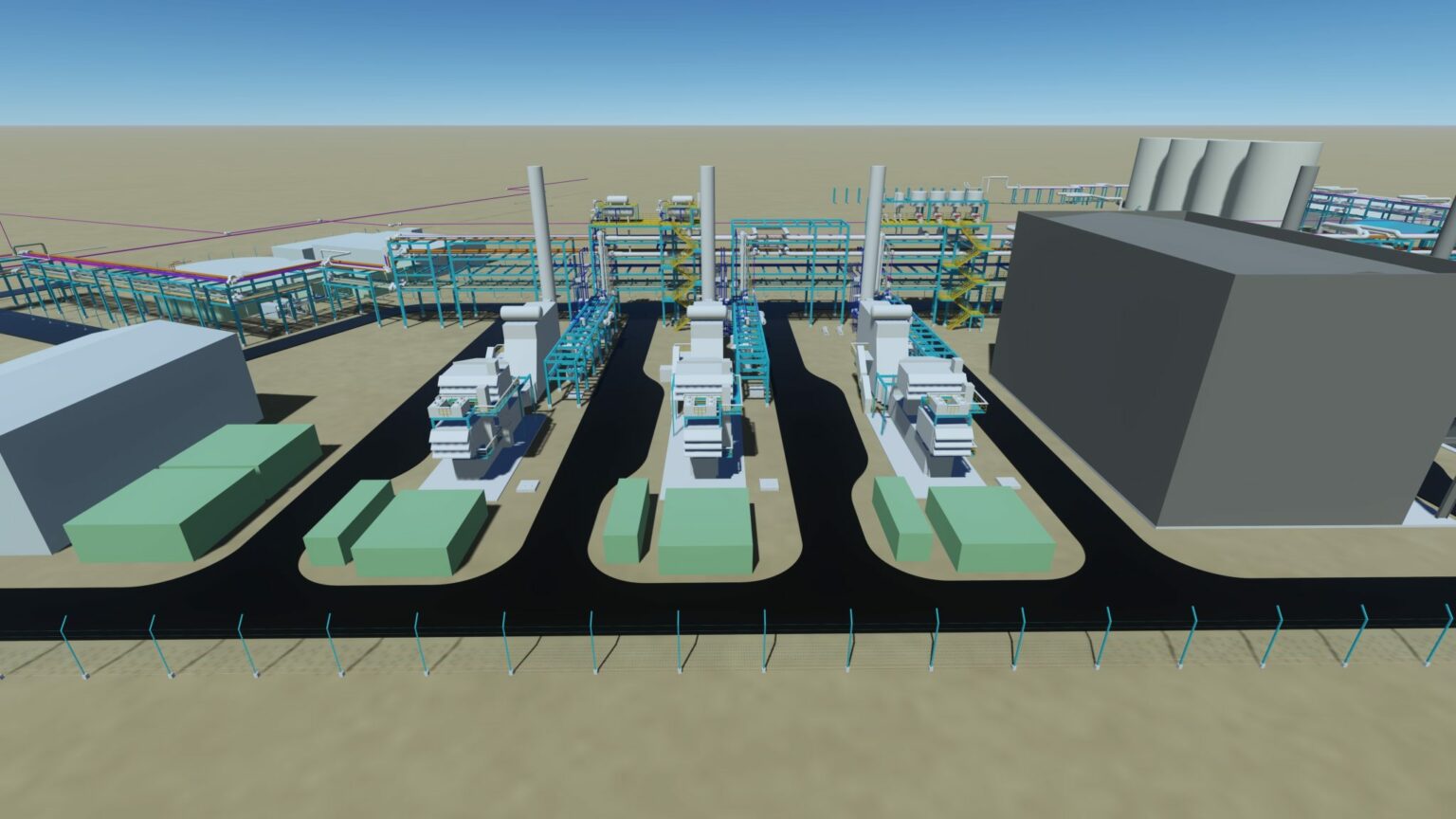Essar Energy Transition (EET) has announced the launch of EET Hydrogen Power, Europe’s first hydrogen-ready combined heat and power (CHP) plant, to be constructed at its Stanlow refinery.
The project, set for completion in 2027, is part of EET’s broader strategy to become a leader in low-carbon hydrogen production and to significantly reduce carbon emissions at its refinery operations.
EET’s aim to cut total emissions by 95% by 2030 and to become the world’s lowest carbon refinery is noteworthy. However, it is crucial to contextualize this ambition within the broader hydrogen energy sector. Many industry players, including major oil and gas companies, are setting similarly aggressive targets to meet global climate goals. The real challenge lies in the implementation and the scalability of such projects.
The new CHP plant will replace the existing boiler units at the Stanlow refinery, increasing power generation capacity from 50 MW to 125 MW and producing 6,000 tonnes of steam per day. The hydrogen used in this process will replace hydrocarbons, aiming to cut 740,000 tonnes of carbon dioxide emissions annually. While this is a significant reduction, the effectiveness of this technology compared to other emerging hydrogen solutions remains to be seen.
The plant’s development in two phases reflects a cautious approach to scaling up hydrogen technology. This phased strategy may mitigate risks but also suggests potential challenges in immediate large-scale deployment. The ultimate goal of developing 1.35+ gigawatts of blue and green hydrogen capacity, with a follow-on ambition of 4 GW, aligns with industry trends but must be critically assessed against benchmarks set by other leading hydrogen projects worldwide.
EET Hydrogen Power is positioned as a key infrastructure project supporting the decarbonization plans of the HyNet industrial cluster. This cluster approach is essential for achieving significant emissions reductions across various industries. However, the success of such initiatives often hinges on coordinated policy support, financial incentives, and the development of complementary infrastructure.
EET’s investment in the North West of England, including the $3 billion allocated for energy transition initiatives, is poised to support and grow high-skilled employment in the region. This economic aspect is vital, especially in areas transitioning from traditional industries to greener technologies. The long-term sustainability of these jobs will depend on the continuous evolution and adoption of hydrogen technologies.
